WHAT IS AN EXHAUST MANIFOLD?
An exhaust manifold is an integral part of any internal combustion engine. It has the simple but critical task of evacuating exhaust gasses from your combustion chamber into your exhaust system. The exhaust manifold consists of a flange that is bolted onto your cylinder head. The flange is connected to runners which are aligned with the exhaust ports on your engine. The number of runners always equals the number of cylinders on your engine. The runners most often merge into a collector and from there are connected to the rest of your exhaust system which often includes more exhaust pipes, mufflers, catalytic converters and possibly other elements, ending with your vehicle’s tailpipe There are three main types of exhaust manifolds you can find on a car.
- Cast iron manifolds are the simplest and least expensive type of exhaust manifolds to manufacture. They are a one-piece design that is cast into a near-final shape in the factory and needs only minimal machining before it can be installed on your vehicle. You will find cast iron exhaust manifolds on all types of vehicles, from small passenger cars to large industrial diesel engines. However, cast manifolds are becoming less common in passenger cars due to their weight. Being made from iron and usually having thick walls, cast iron exhaust manifolds are often very heavy, which can negatively impact performance and fuel economy. On the other hand, they are in most cases extremely durable and can often last the life of the engine.
- Steel manifolds employ mild steel or stainless steel as their material and are always significantly lighter than a comparable cast iron manifold. The drawback is that steel manifolds are more complex and expensive to manufacture. They are made from steel tubes that are bent and shaped into the desired shape and then welded to the exhaust manifold flange and to some type of collector. Many exhaust manifolds on modern vehicles also incorporate a catalytic converter. When properly made stainless steel manifolds can be just as durable as cast iron ones, but on average have a higher chance of cracking on high mileage vehicles.
- Performance-oriented exhaust manifolds, also known as headers or extractors, are also made from stainless steel, but often employ higher grades of steel to increase temperature resistance and durability in extreme racing conditions. These types of manifolds are optimized to increase the performance and power output by improving the exhaust scavenging effect of the engine. Performance exhaust manifolds often have equal length runners which result in more complex shapes of the manifold and more demanding manufacturing procedures that drive up the price of the product. There are two main types of performance manifolds, 4-2-1 and 4-1. The 4-2-1 system merges the four runners into two larger runners which are then merged into a single pipe. The 4-1 system merges all four runners into a single large pipe. As a rule of thumb, 4-2-1 systems offer more mid-range power, while 4-1 systems focus on generating power at high rpm. In contract to passenger vehicle manifolds which most often have heat shields, high-performance exhaust manifolds can sometimes have different types of high temperatures or ceramic coatings design to reduce heat dissipation and improve performance.
- Turbo manifolds differ from the exhaust manifolds on a naturally aspirated engine in the sense that they incorporate a flange to which a turbocharger is bolted. The turbo manifold ends where the turbocharger begins, and the exhaust system continues with the downpipe which is bolted onto the turbocharger. Turbo manifolds can be either cast iron or stainless steel and can have many different types of flanges (T25, T3, V-band, etc.) Turbo manifolds on tuned and racing vehicles can also incorporate additional piping designed to house an external wastegate, whose task is to further improve engine performance.
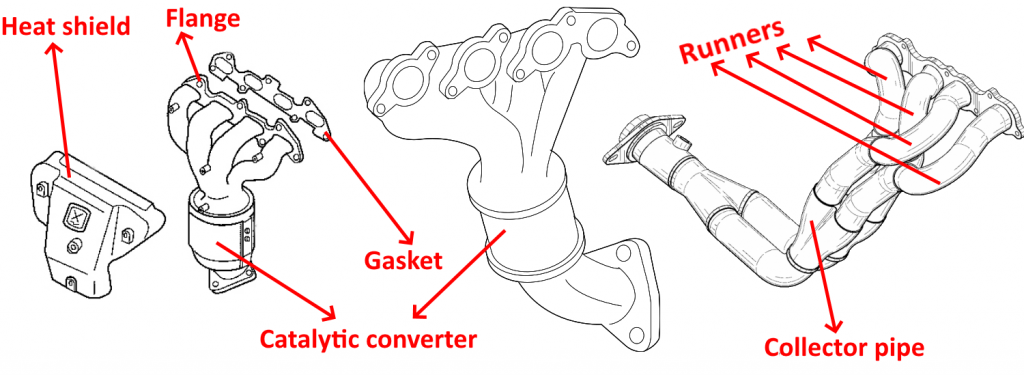
HOW EXHAUST MANIFOLDS WORK?
As we have already said, exhaust manifolds have the task of evacuating exhaust gasses from your combustion chamber, but perhaps more importantly than that, they also have the task of promoting the scavenging effect. What is exhaust scavenging? To understand what it is, and how it works we must recall what happens inside the engine during its exhaust stroke. At this point in the combustion cycle the piston is moving upward in the bore and is compressing what remains of the combusted air-fuel mixture. However, the exhaust valves have not yet opened and the gasses are being compressed in the chamber which increases their pressure.
Once the exhaust valve opens the difference between the pressure inside the combustion chamber and the exhaust manifold is high, the pressure is much lower in the manifold. This helps the exhaust gasses quickly enter the exhaust manifolds as all gasses flow from high to low-pressure areas. The exhaust gasses entering the exhaust manifold are called an exhaust pulse and the exhaust pulse itself has three different pressure areas. The head of the pulse has the highest pressure, the middle part of the pulse has lower pressure, and the tail of the pulse has the lowest pressure. The pressure of the tail is often even lower than atmospheric because the large speed and momentum of the exhaust pulse head rapidly existing the chamber drags the tail with it thus reducing the pressure in the combustion chamber. This reduced pressure in the chamber means that the intake charge now has a higher pressure than the chamber and this promotes a more rapid entry of the intake.
This process, whereby the departure of exhaust gasses promotes the entry of the intake charge is called scavenging. The design of the exhaust manifold, most notably the length of the runners, their cross-sectional area and shape are detrimental to improving the scavenging effect, and a good exhaust manifold design can significantly improve the performance of an engine.
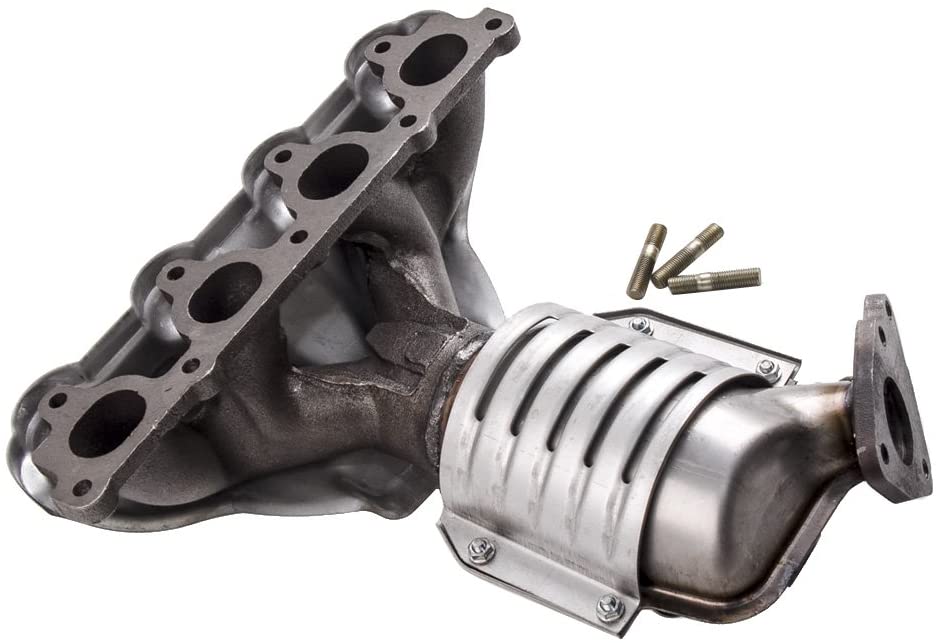
HOW TO CHOOSE THE RIGHT EXHAUST MANIFOLD
Choosing an exhaust manifold for a stock, unmodified vehicle is simple as you can purchase the correct part based on your make, model, year of manufacture and engine. You can get the correct part using your vehicle’s VIN or the part number of the manifold itself. Choosing a performance exhaust manifold can be more difficult and will depend on many factors such as desired power output and power curve, engine bay space, engine layout and configuration, budget, other modifications and so on. Choosing a performance turbo exhaust manifold is dependant on turbo size and flange type and wastegate configuration.
For professional assistance and help choosing the right exhaust manifold, you can reach out to us via our website maxpeedingrods.com. (Use code:Blog to get 10% discount)
WHY BUY EXHAUST MANIFOLDS FROM MAXPEEDINGRODS?
- All our exhaust manifolds are made from high-quality materials to ensure a long service life and provide the expected engine performance.
- All our exhaust manifolds are checked for any sort of cracks or other manufacturer defects and come with a warranty against manufacturer defects.
- All MaXpeedingRods exhaust manifolds are made to exacting manufacturer standards and meet or exceed OEM standards.
- Our exhaust manifolds are carefully and accurately shaped and machined to ensure perfect, hassle-free fitment and come with the required hardware.
- All our catalytic converter equipped exhaust manifolds use the appropriate materials and have a high-quality catalytic converter construction to ensure your vehicle meets all required emissions tests and standards.
WHAT ARE THE SYMPTOMS OF A CRACKED EXHAUST MANIFOLD?
A cracked exhaust manifold can exhibit many different symptoms, some of which are easier to diagnose than others, but some will not be unique to the ehxaust manfiold and can point to other defects. If you are unsure, it’s best to have a professional examine the engine to make sure the exhaust manifold is indeed the offending part.
- Increased noise. A cracked or leaking exhaust manifold can create all sorts of weird and unwanted noises. The noises are usually in the form of tapping or muffled knocking in the case of cracks. If the exhaust manifold is leaking, it will often produce hissing sounds. The sounds may or may not get louder as you accelerate, but they are often more pronounced when the engine is colder. In some cases, when the crack is very small, the noise can even completely disappear as the engine heats up and the exhaust manifold expands, closing the gap. But the crack will get worse if ignored.
- Loss of power, poor fuel economy. A manifold that is sufficiently cracked will cause loss of power and decreased performance, especially at higher engine rpm. This occurs because when cracked, the exhaust manifold becomes unable to fully perform its exhaust scavenging role robbing your engine of its power potential. This also negatively impacts fuel economy as the engine starts working harder and struggling to evacuate exhaust gasses.
- Smells from the engine bay. An exhaust manifold crack will let out extremely hot gasses into the engine bay, where they don’t belong. These extremely hot gasses can wreak all sorts of havoc on different components in your engine bay. They can melt gaskets, wire insulation, and any plastic parts nearby. They are also a fire hazard so it’s important to replace a cracked or damaged exhaust manifold as soon as possible.
HOW TO REPLACE AN EXHAUST MANIFOLD?
Depending on the type of your engine and the space in your engine bay replacing an exhaust manifold can be easy or it can be more time-consuming. However, the task is straightforward and can be in most cases performed with relatively basic tools. That being said, do not attempt to replace an exhaust manifold if you are not 100% confident in your abilities or don’t have the right tools. In these cases it’s always best to leave the job to a professional. In general the steps to replace an exhaust manifold are as follows:
- Wait for the engine to cool down. An exhaust manifold can get extremely hot and can be a fire hazard if it touches flammable materials while it’s hot. It can also cause high-degree burns if you accidentally touch it.
- Removing the exhaust manifold from a naturally aspirated engine is always more simple than removing it from a turbocharged one. In the case of a turbocharged engine, the exhaust manifold removal requires that all turbo oil and water lines (if present), intercooler piping (if present), downpipes, and turbo air intake ducts be disconnected.
- On a naturally aspirated engine removing the exhaust manifold in most cases starts by disconnecting the exhaust manifold from the rest of the exhaust system. The remainder of the exhaust system can be left on the vehicle as is, or it must be further supported by jacks and/or hangers. In some cases, especially on newer, FWD vehicles the exhaust manifold will not clear various suspension elements, oil filters, coolant lines, etc. which can require the removal of these parts and make the job much more time-consuming.
- Once the exhaust manifold is separated from the exhaust system and any other parts in its way are removed from the vehicle the exhaust manifold needs to be unbolted from the cylinder head and then removed from the vehicle. The install is always the opposite of the removal.
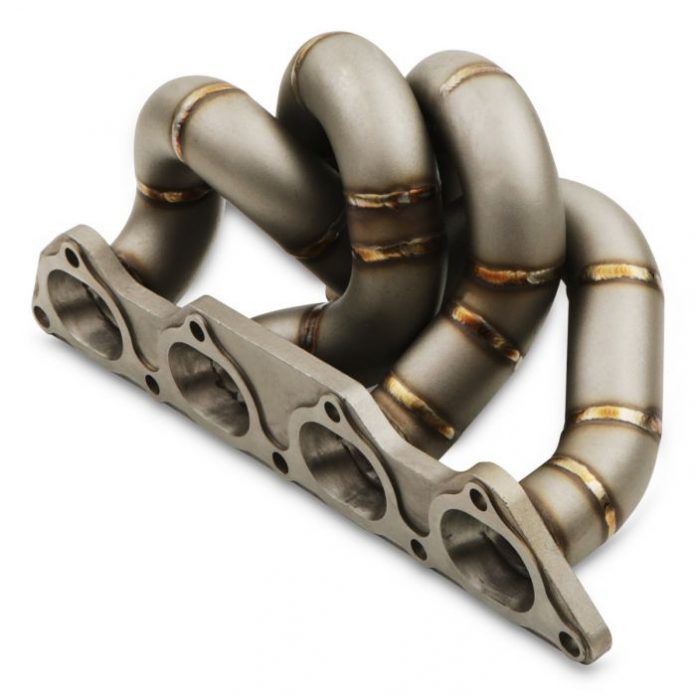
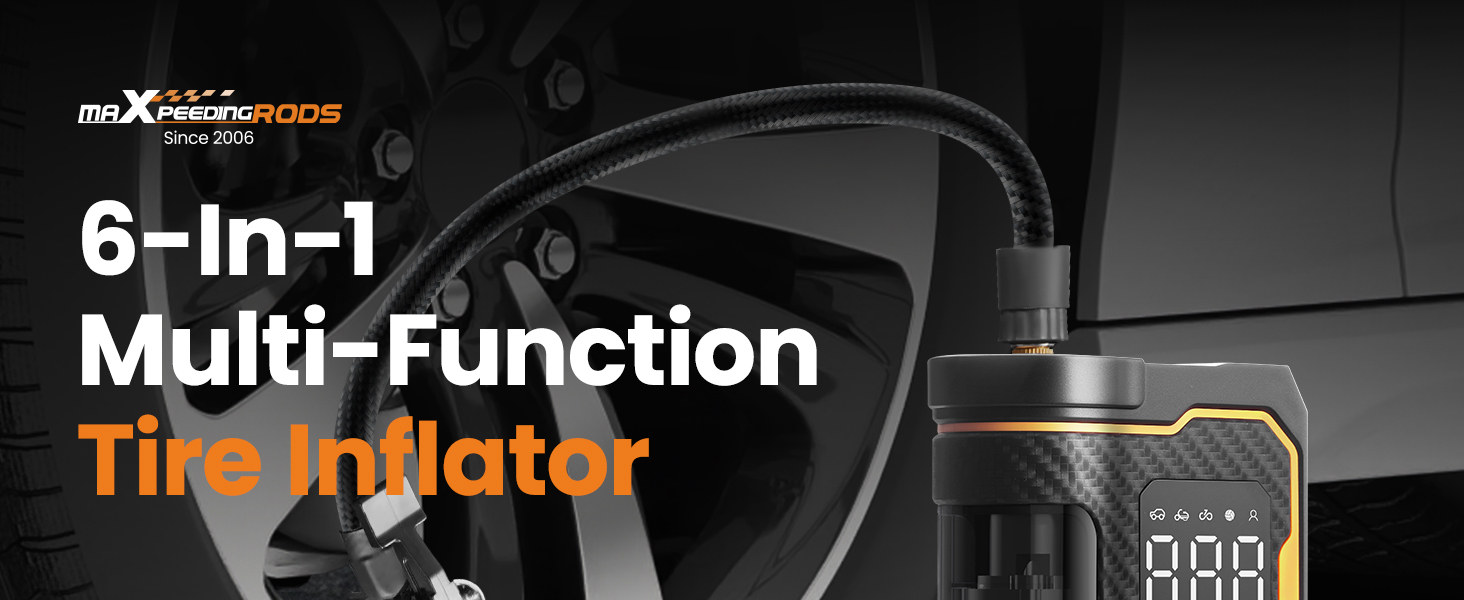



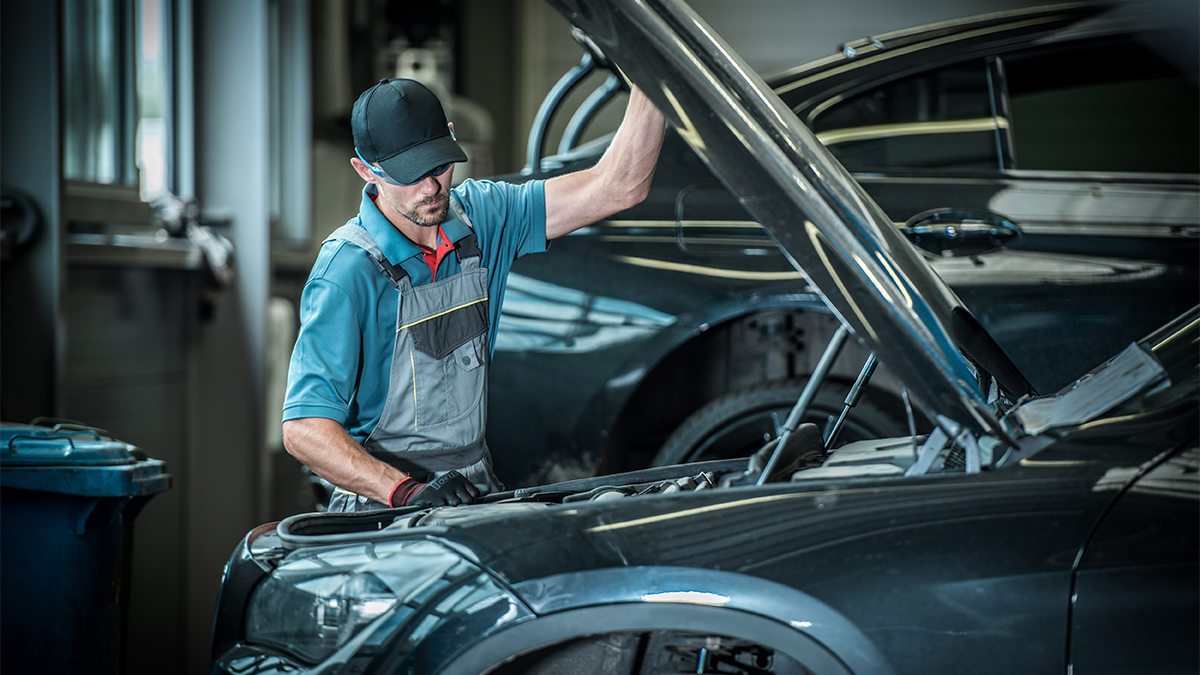
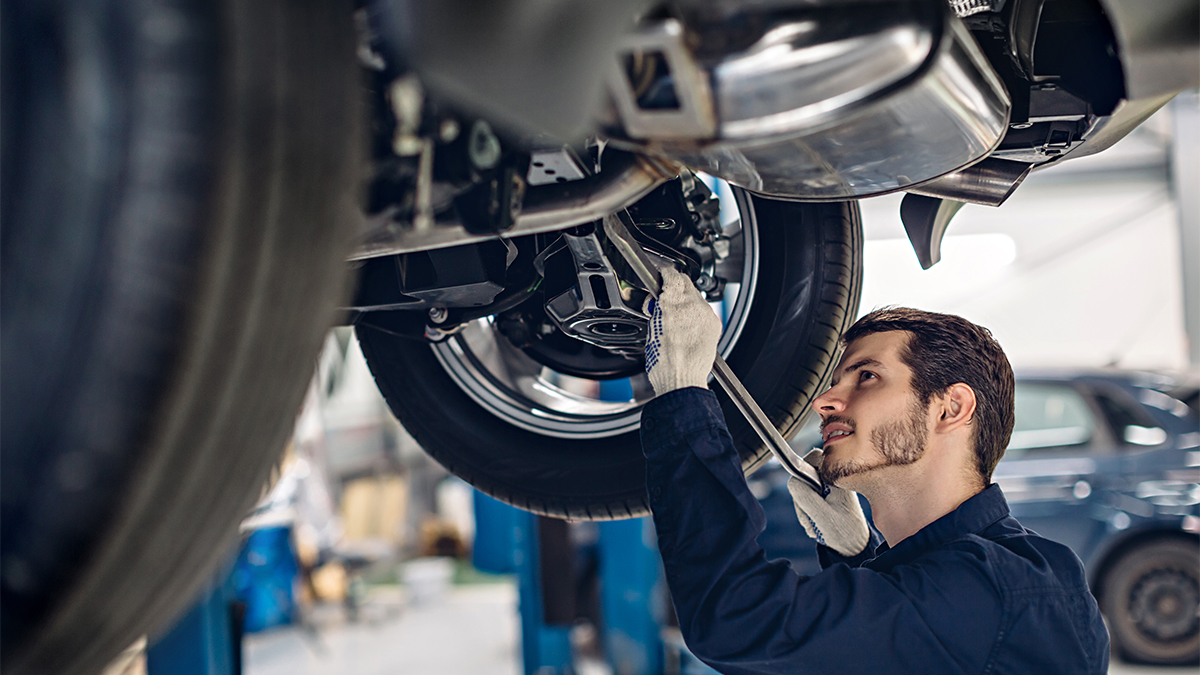


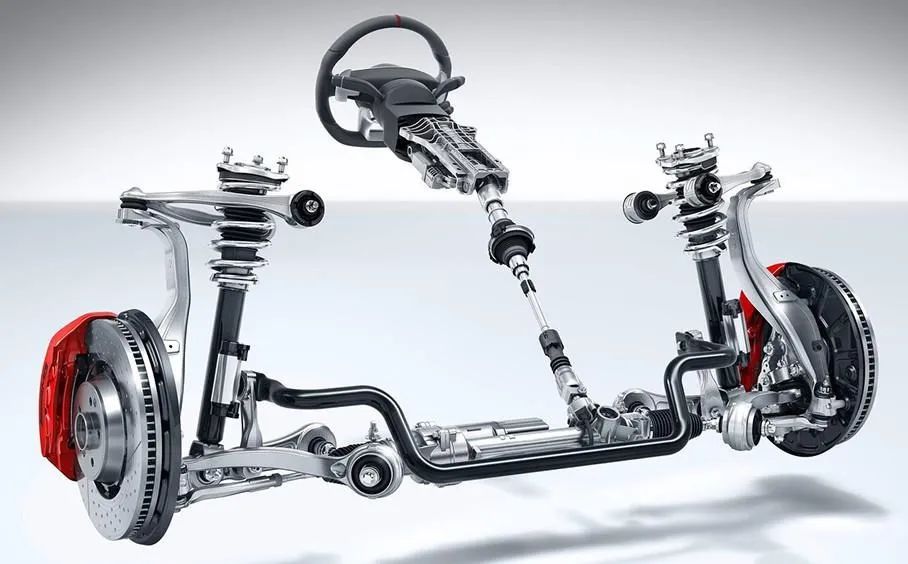
Merci